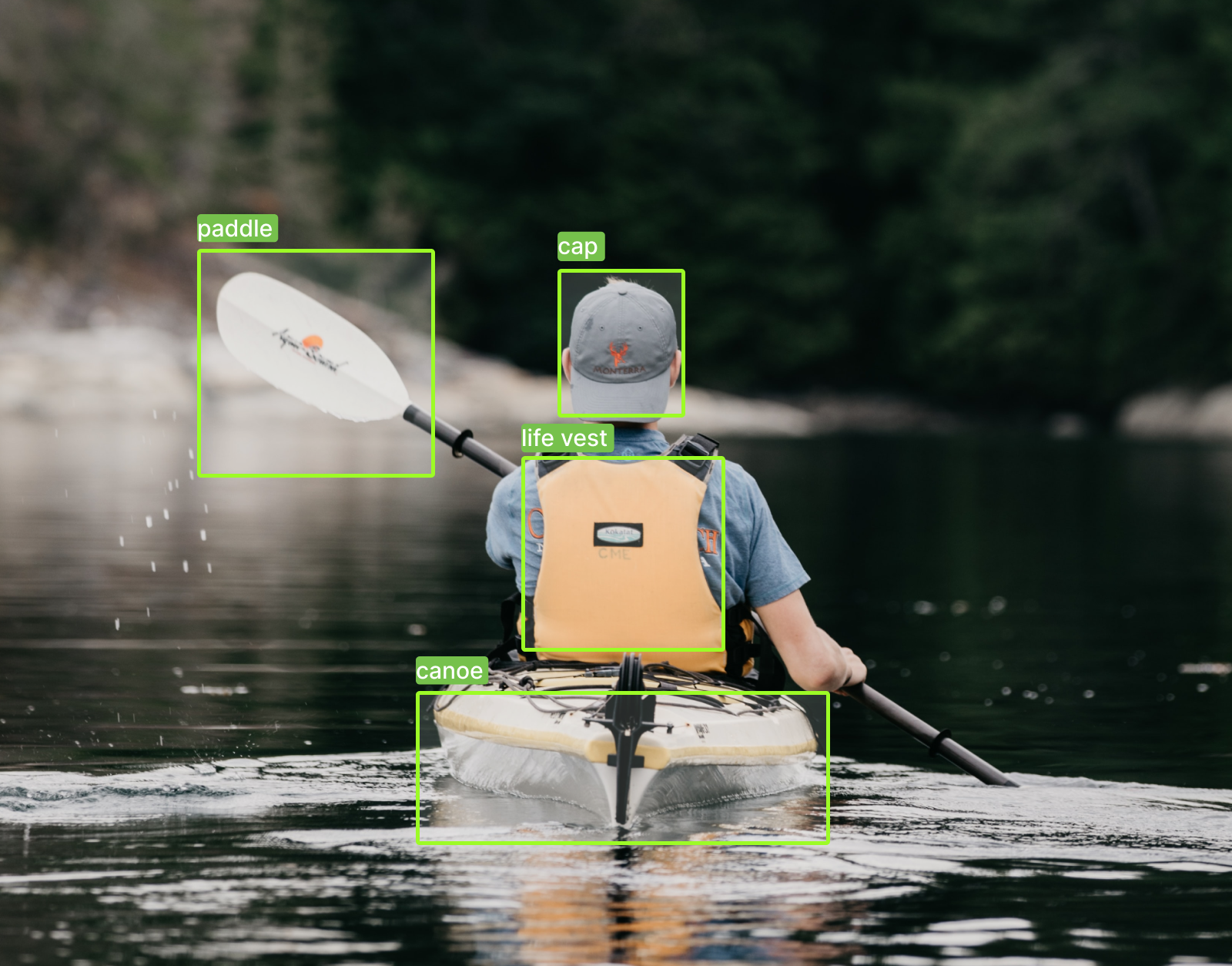
Top 10 Image Tagging Tools for Easier Image Management 2022

Top 10 Image Tagging Tools for Easier Image Management 2022
The digital age we live in is largely visual. Therefore, it is very important to understand visuals and optical data for both humans and machines that are part of our communication.
At this point, image tagging is a lifesaver for individuals, our businesses, and computers. Image tagging plays a vital role in understanding the vast amount of visual data we are exposed to in the digital world.
In this article, we will try to understand what image tagging is, how it works, and its importance, and we will also take a look at the best tools you can use for this process.
The following topics will be covered in this article:
· What Is Image Tagging,
· What Is The Difference Between Image Tagging and Annotation
· Is Image Tagging The Same as Metadata
· Why Do You Need An Image Tagging Tool
· Top 10 Image Tagging Tools
Enjoy your reading!
What Is Image Tagging?
We now use image tagging in many different places, from personal photo albums to stock photo platforms, from digital marketing agencies to online tourism agencies. In this part of this article, we will take a look at what image tagging is and how it works.
Image tagging is the process of identifying the details on the image. For example, an image may contain objects and living things such as a "car, flower, person, child, table". Image tagging is the identification of all these "things" in the image and tagging the image accordingly.
In short, it is the classification of the elements in the image. These tags can be quite objective or completely abstract. For example, a photo of a mother and child can have tags such as "mother, child, baby, birth" or abstract tags such as "love".
On the other hand, image tagging can be done in many different ways, for example, it is possible to tag images by color.
This allows you to find what you are looking for in a myriad of visual data. For example, when you search for the word "family" in a search engine, family photos come up.
In short, image tagging makes archiving extremely easy.
Adding keywords to the images makes it possible to find them for your business or personal searches. Think of it this way, you need images of Paris for a tourism news website. It is image tagging that allows you to find images of Paris when you type this keyword in search engines or your archives. In the absence of this, you will have to manually sift through thousands of images and data in the city photo archives.

How Does Image Tagging Work and What Are The Types of Image Tagging
Image tagging has evolved with advancing technology to a point where it is as complex as it is accurate. Thanks to the latest state of technology, it is possible for everyone to find the image they need. Image tagging, which in the past had to be done manually, has become something that can be done automatically with the development of artificial intelligence and is based on computer vision.
So what are the types of image tagging and where does artificial intelligence fit in?
Auto Tagging- AI-Based Image Tagging
AI-assisted image tagging, also known as auto-tagging, is the ability of computers to identify the elements in images with the help of certain software. This identification is not only done for objective elements, but with advanced artificial intelligence technology, this definition has come to include more abstract areas such as relationships, emotions, and situations. So how does auto-tagging work?
Let's talk briefly about how automatic image tagging works. This process is quite complex. It is a computer vision based and works with deep learning algorithms. These algorithms analyze the content of the images in your archive. This is where computer vision-based functions such as face detection, object detection, and emotion recognition come into play.
What Is The Difference Between Image Tagging and Annotation?
Image tagging and annotation may look very similar at first glance, but they are two different processes. First, let's take a brief look at what annotation is.
Image annotation is a kind of computerized description of images. The most important point here is that annotations are not data but text. Tags, on the other hand, are data. In the annotation part, "metadata" about the image can be found. Tags, on the other hand, do not. Tags are parser tags that are much simpler than annotations and usually consist of one word. They are more useful for differentiating data, and they are usually one-word tags. Annotations can be used for many different images.
At the same time, image annotation is much more academic and can be used in academic research and/or writing.
Now that we've looked at the main differences between annotation and tagging, we can take a brief look at what "metadata" is. You may have heard of metadata or come across it while uploading an image. But are metadata and tag the same thing? Let's take a brief look.
Is Image Tagging The Same as Metadata?
The difference between image tagging and metadata is quite simple. Metadata contains information about the structure of the image and is contained within the image. For example, the length, width, or resolution of the image is metadata information.
You can find them in the image description without any processing. Tagging, on the other hand, is information about the content of the image. It categorizes what the image presents to us and tagging is a post-process.
Why Do You Need An Image Tagging Tool?
We've talked about image tagging at length. If the question you probably have in mind and are looking for an answer to is "Why do I need an image tagging tool?", the shortest and clearest answer to this question can be summarized in one sentence. Find what you need, when you need it.
Visual tagging tools save you time first and foremost. Imagine manually parsing unlimited visual data.
Imagine you want to publish a blog post for your website, and you want to use your photos in this blog, but you have 1000 photos. Do you want to search through them one by one to find the one that best fits your post, or do you want to find the one you need from the automatically tagged images in seconds?
The answer is quite simple. What do you think?
With automatic image tagging, you can not only save time but also use your visual data inventory easily, at the right time, and in the right way.
Top 10 Image Tagging Tools
What is image tagging? Why do we need visual tagging? We've covered how visual tagging works, but if you want to buy software, which one is the best for the job? Here are some recommendations:

1. Cameralyze
Cameralyze is a no-code artificial intelligence solutions platform. The platform allows you to access many AI solutions at very low prices. Image tagging is one of them, and the platform's no-code and user-friendly interface make it stand out on the list. You can start using it by simply uploading your photos with the "drag-and-drop" feature.
- You do not need any technical knowledge.
- You can work with many different image formats.
- It doesn't require any installation, you can simply use it by registering through your browser.
Quickly experience how it works
2. Adobe Lightroom
Perhaps the most familiar name on our list. Lightroom from the manufacturer of Photoshop. Thanks to Lightroom, you can automatically tag your images, store them and use them quickly when you need them. It also offers editing features. Of course, these editing options are simpler things. Pricing is a bit high compared to the general.
3. Google Photos
Google Photos is a free tagging software, but its features are still quite limited. For example, it can only distinguish faces. Is it possible to make a tagging other than that
4. Pixave
Pixave is available for different operating systems. The interface is also very simple. The software allows you to tag and store your photos. It also makes it possible to batch-tag your photos. With the software, it is possible to export your photos with tags.
5. Nero AI
Nero AI is an AI-powered tagging app, which makes it very useful and fast. Thanks to artificial intelligence and computer vision, it identifies the elements in your photos, tags them accordingly, and groups them accordingly. This makes storage and categorization easier. It is possible to say that the application is a bit expensive.
6. SnipTag
With SnipTag, you can both tag your images and use the descriptions written by the application by defining the image. This way you don't have to do any editing work. It is also possible to scan photos and upload them to the app.
7. Photo Tagger
Photo Tagger works a little differently than the other apps on our list. Photo Tagger allows you to tag your photos by selecting from the tag tree in the software.
8. iTag
iTag is a very professional software. It allows you to tag by location attributes. However, the application only works on Windows and cannot be used on the web.
9. Exif Pilot
Exif Pilot is a very simple program to use. It works for many image formats. However, it offers a semi-manual system, giving you tags to choose from.
10. Eagle App
Eagle App provides you with an automated and easy image tagging process. It is a web-based platform that is very simple and fast to use.
Bottom Line
Image tagging is a technology that will make your job much easier. It is undeniable that you need this technology for fast and secure visual data organization. As much as you need the technology, which software you choose for it is also important.
With Cameralyze, you can benefit from many different artificial intelligence solutions. You won't need storage space and the value of your visual data will increase.
Start using Cameralyze today and take advantage of the opportunities!
For more information on the topic, please see the content below:







